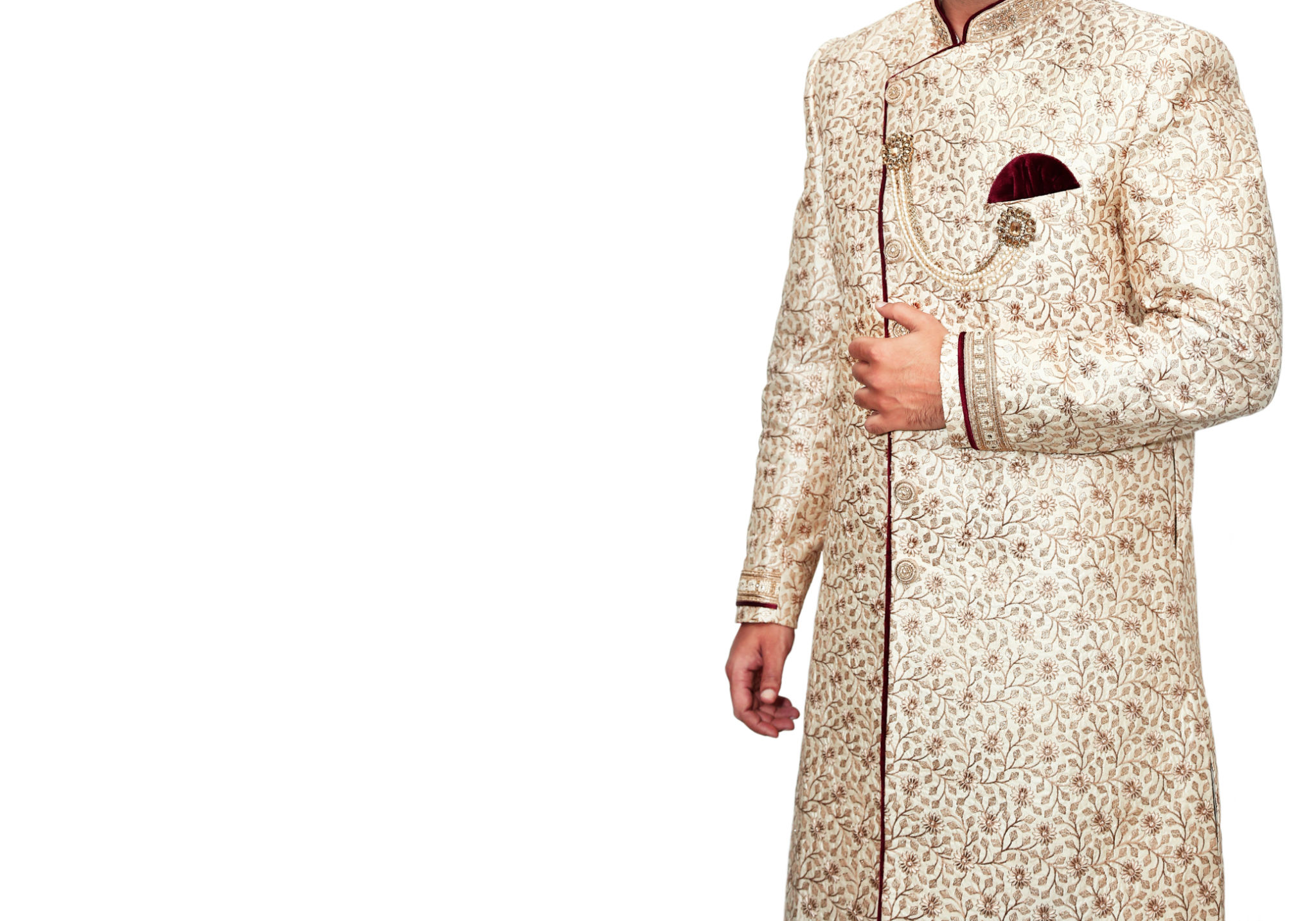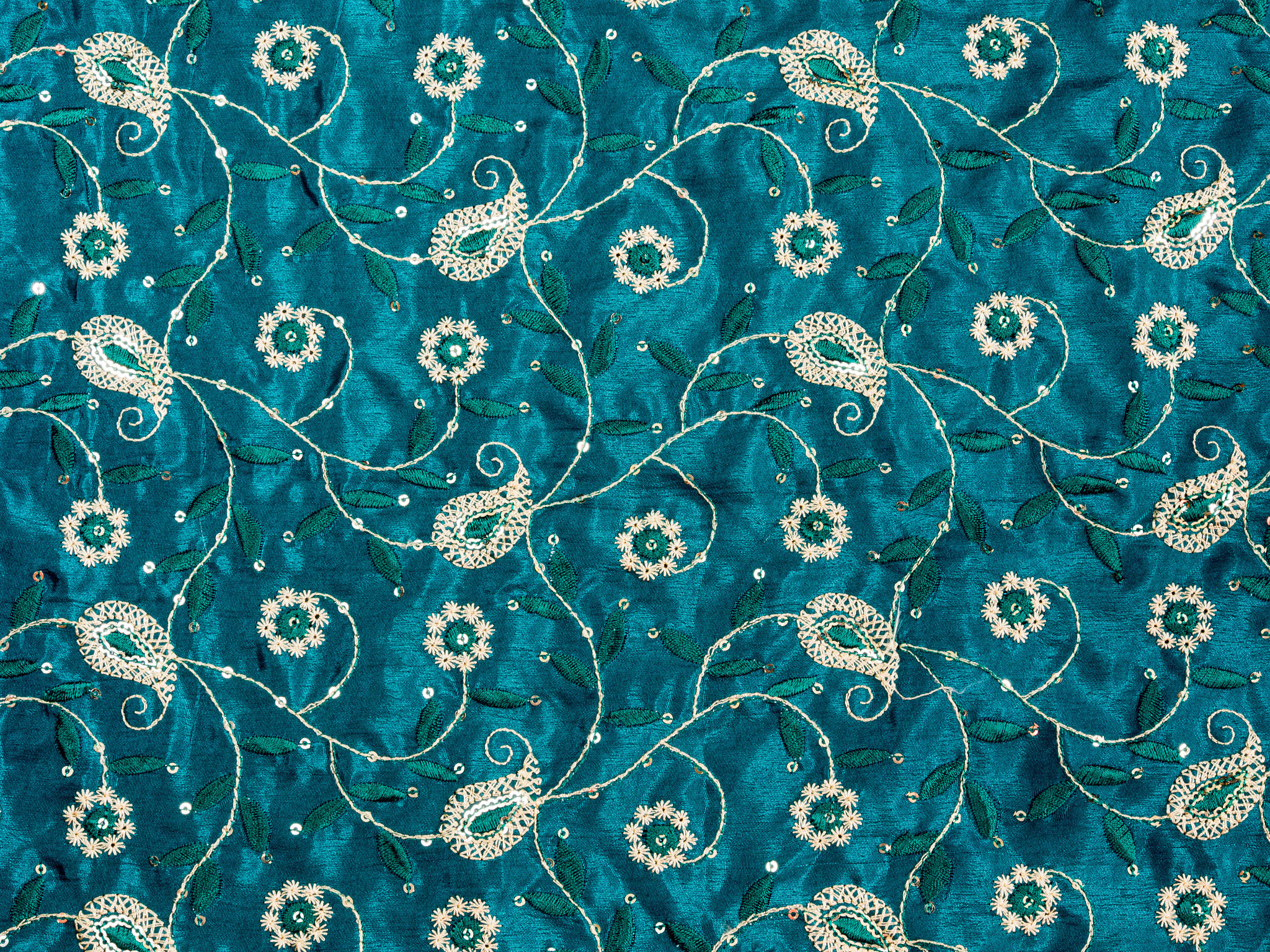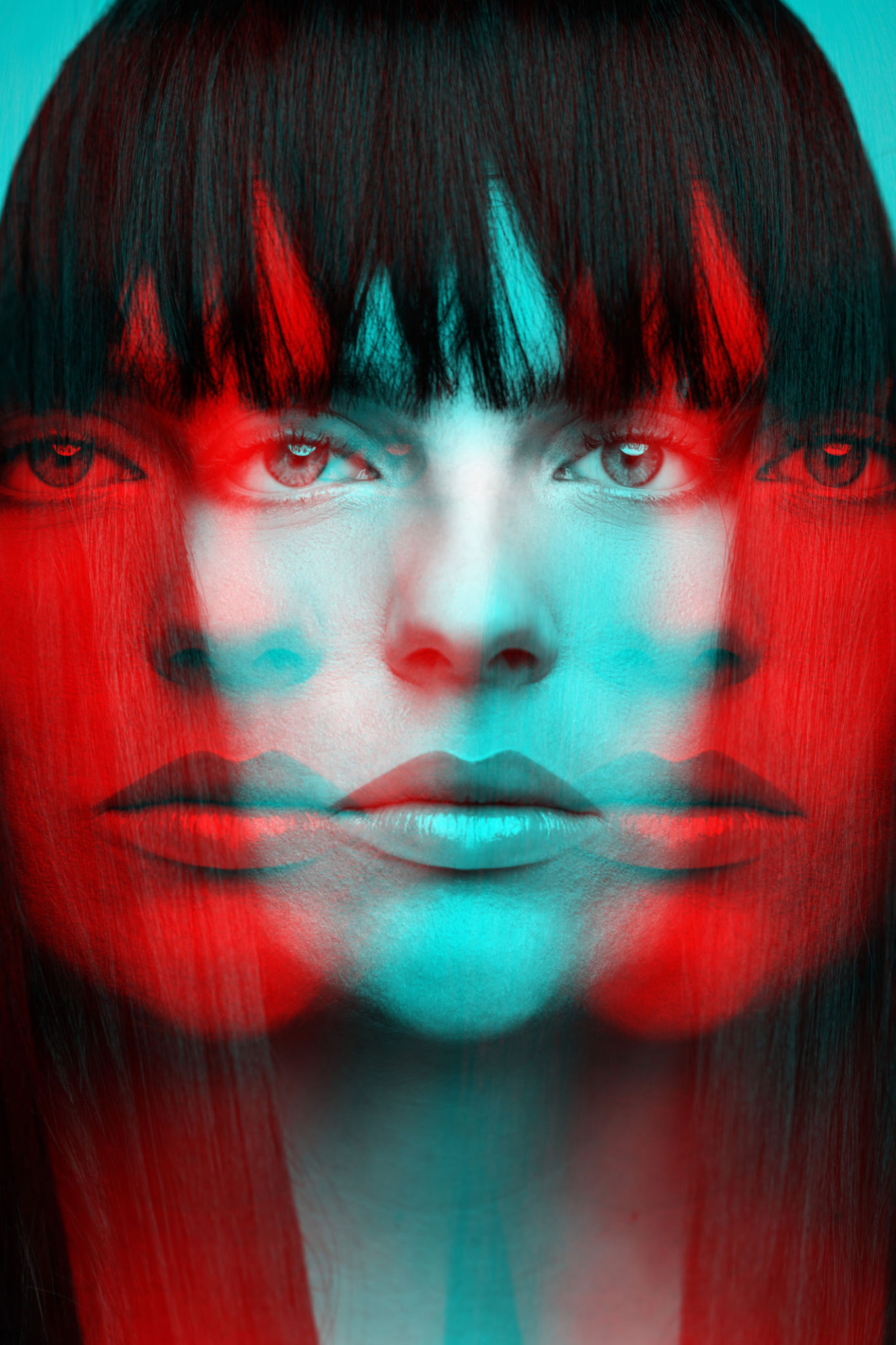A Beginner's Guide to Indian Menswear: Understanding Styles and Fabrics
Introduction to Indian Menswear
Indian menswear is a fascinating blend of tradition, culture, and modernity. With a rich history that dates back thousands of years, each piece of Indian clothing tells a story. For those new to this vibrant world, understanding the variety of styles and fabrics can be both exciting and overwhelming. This guide aims to introduce you to the key elements of Indian menswear, helping you appreciate the craftsmanship and elegance that define it.

Traditional Styles
Indian menswear is renowned for its traditional styles, which vary significantly across regions. Some of the most iconic pieces include:
- Kurta: A long, loose-fitting shirt that is usually paired with pajamas or churidars.
- Sherwani: A long coat-like garment that is often worn during formal occasions such as weddings.
- Dhoti: A traditional garment worn in many parts of India, consisting of a piece of cloth tied around the waist and legs.
Each of these styles offers unique features and is crafted with attention to detail, reflecting the rich cultural tapestry of India.
Fabrics and Materials
The choice of fabric plays a crucial role in Indian menswear, influencing both the garment's look and feel. Popular fabrics include:
- Cotton: Known for its comfort and breathability, cotton is a preferred choice for daily wear.
- Silk: Luxurious and elegant, silk is often used for formal wear such as sherwanis and kurtas.
- Linen: Lightweight and cool, linen is perfect for India's hot climate.
Understanding these fabrics helps in choosing the right attire for any occasion, ensuring comfort without compromising on style.

Modern Influences
While traditional styles remain popular, modern influences have led to innovative designs in Indian menswear. Designers are experimenting with fusion wear, blending Western cuts with traditional Indian elements. This evolution has resulted in garments that cater to contemporary tastes while preserving cultural heritage.
For instance, the Nehru jacket has gained popularity as a versatile piece that can be paired with both traditional and Western outfits. Such adaptations reflect the dynamic nature of Indian fashion, making it relevant to today's fashion-conscious individuals.

Accessorizing Indian Menswear
No Indian outfit is complete without the right accessories. Common accessories include turbans, mojari shoes, and stoles or scarves. These elements not only enhance the overall look but also add a touch of elegance and sophistication.
Turbans, in particular, hold cultural significance in various regions and are available in a myriad of colors and styles. Wearing a turban can transform an outfit from simple to regal, underscoring its importance in Indian menswear.
Caring for Your Clothing
Maintaining the beauty of Indian garments requires proper care. Given the delicate nature of fabrics like silk, dry cleaning is often recommended. Cotton and linen pieces can usually be hand-washed or machine-washed with care. Ironing should be done at low temperatures to avoid damaging intricate embroidery or embellishments.
With these care tips in mind, your Indian wardrobe will remain vibrant and elegant for years to come.
Conclusion
Embracing Indian menswear means diving into a world rich with history, diversity, and creativity. Whether you're drawn to traditional attire or modern fusion styles, understanding the nuances of fabrics and designs is key to making informed choices. This guide serves as a starting point on your journey through Indian fashion—a journey that's sure to be as rewarding as it is stylish.
